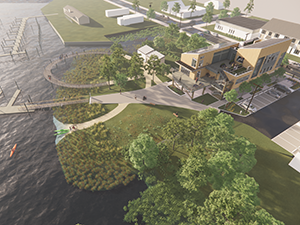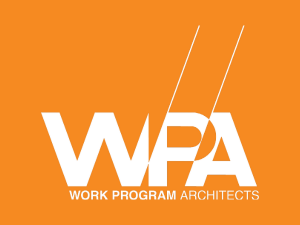Elizabeth River Project’s Ryan Resilience Lab Named a ‘World Changing Idea’ by Fast Company
Work Program Architects is proud to share that the Elizabeth River Project’s Ryan Resilience Lab has been named a winner in Fast Company’s 2025 World Changing Ideas Awards. This national recognition honors bold, creative efforts that respond to society’s most pressing challenges, and this project’s message couldn’t be more urgent.
WPA was recognized alongside garbage-eating microbe technology developed at Harvard, a hydrogen-power data center created by ECL and the first-ever zero-plastic warehouse from Manifest.eco. Other architectural and design projects on the list include the Portland International Airport and the Hilda L. Solis Environmental Justice Center at Puente Hills Regional Park.
Fast Company noted that the resilience lab “not only used flood-proof materials but also integrated habitats like wetlands, oyster reefs, and native plants to naturally absorb floodwater, shield the structure from erosion, and protect its surroundings from pollution.” The recognition went on to write that “the natural habitats also serve as educational tools for the public, and the design itself can be a model for communities at risk of rising sea levels.”
“The Ryan Resilience Lab was designed as a global model for how communities can adapt to the realities of sea level rise and climate change,” says Sam Bowling, associate principal at Work Program Architects and project architect for the Lab. “That’s why it’s so meaningful to see it recognized by Fast Company as a World Changing Idea — this award spans the globe, just like the challenge we’re working to address.”
This year’s World Changing Ideas Awards featured more than 1,500 entries, with just 100 projects selected as winners. Submissions were judged by Fast Company editors and reporters for their impact, creativity, sustainability, and ability to improve lives. The Lab is included in the Summer 2025 print issue, on newsstands June 17.
“The World Changing Ideas Awards have always been about showcasing the art of the possible,” says Fast Company editor-in-chief Brendan Vaughan. “We’re proud to recognize the organizations and leaders that are making meaningful progress on the biggest issues of our time.”
Check out the Elizabeth River Project’s Ryan Resilience Lab here.
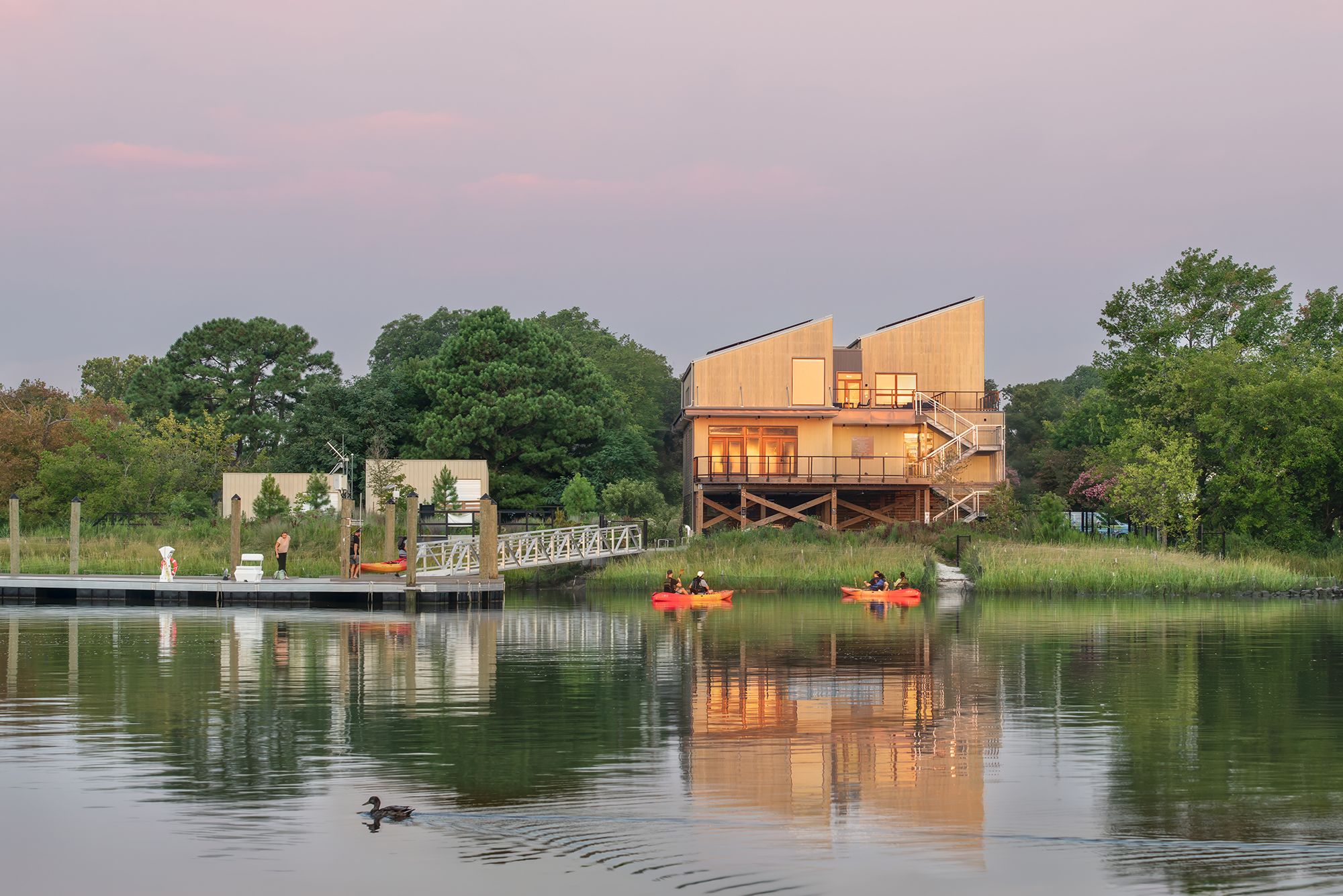
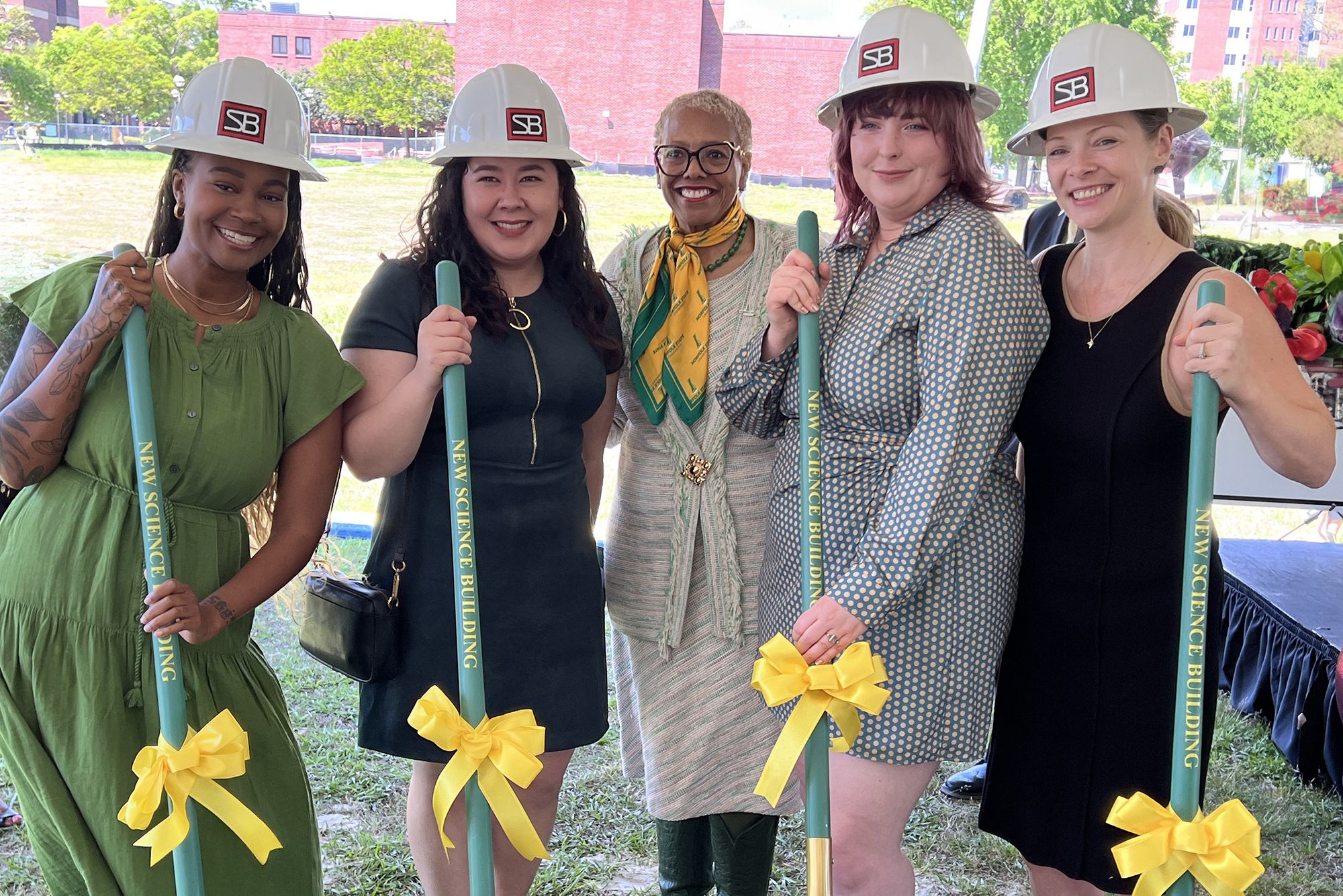
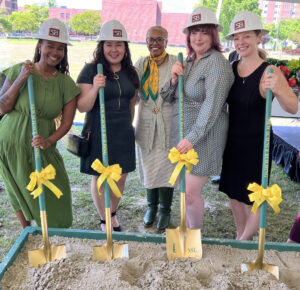
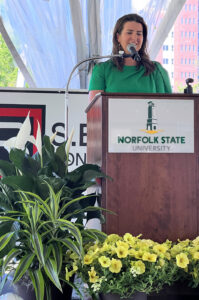
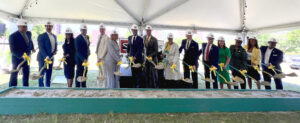
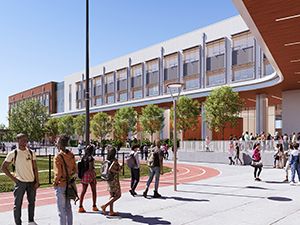
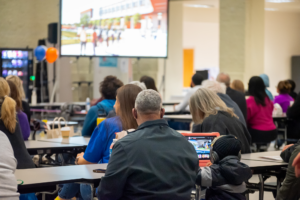 Last week at a public event, Work Program Architects (WPA), VMDO Architects and Heartland Construction unveiled proposed designs for the new
Last week at a public event, Work Program Architects (WPA), VMDO Architects and Heartland Construction unveiled proposed designs for the new 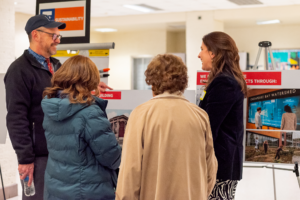


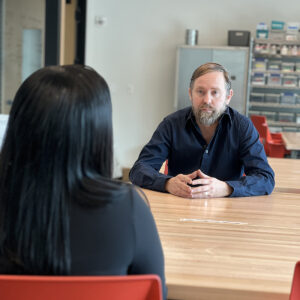 As the second and final phase of the Perry Glass Studio’s expansion and renovation nears completion, members of the press are taking notice of the new structure standing tall alongside the main Chrysler Museum of Art building in Norfolk, Virginia. These recent stories show how the WPA-designed project is elevating the museum’s beloved studio to become a world-class center for glass artistry that also demonstrates innovative approaches to flood mitigation.
As the second and final phase of the Perry Glass Studio’s expansion and renovation nears completion, members of the press are taking notice of the new structure standing tall alongside the main Chrysler Museum of Art building in Norfolk, Virginia. These recent stories show how the WPA-designed project is elevating the museum’s beloved studio to become a world-class center for glass artistry that also demonstrates innovative approaches to flood mitigation.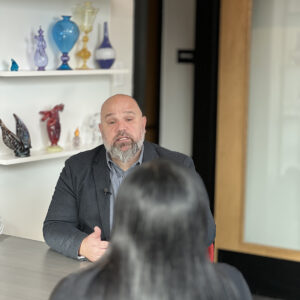
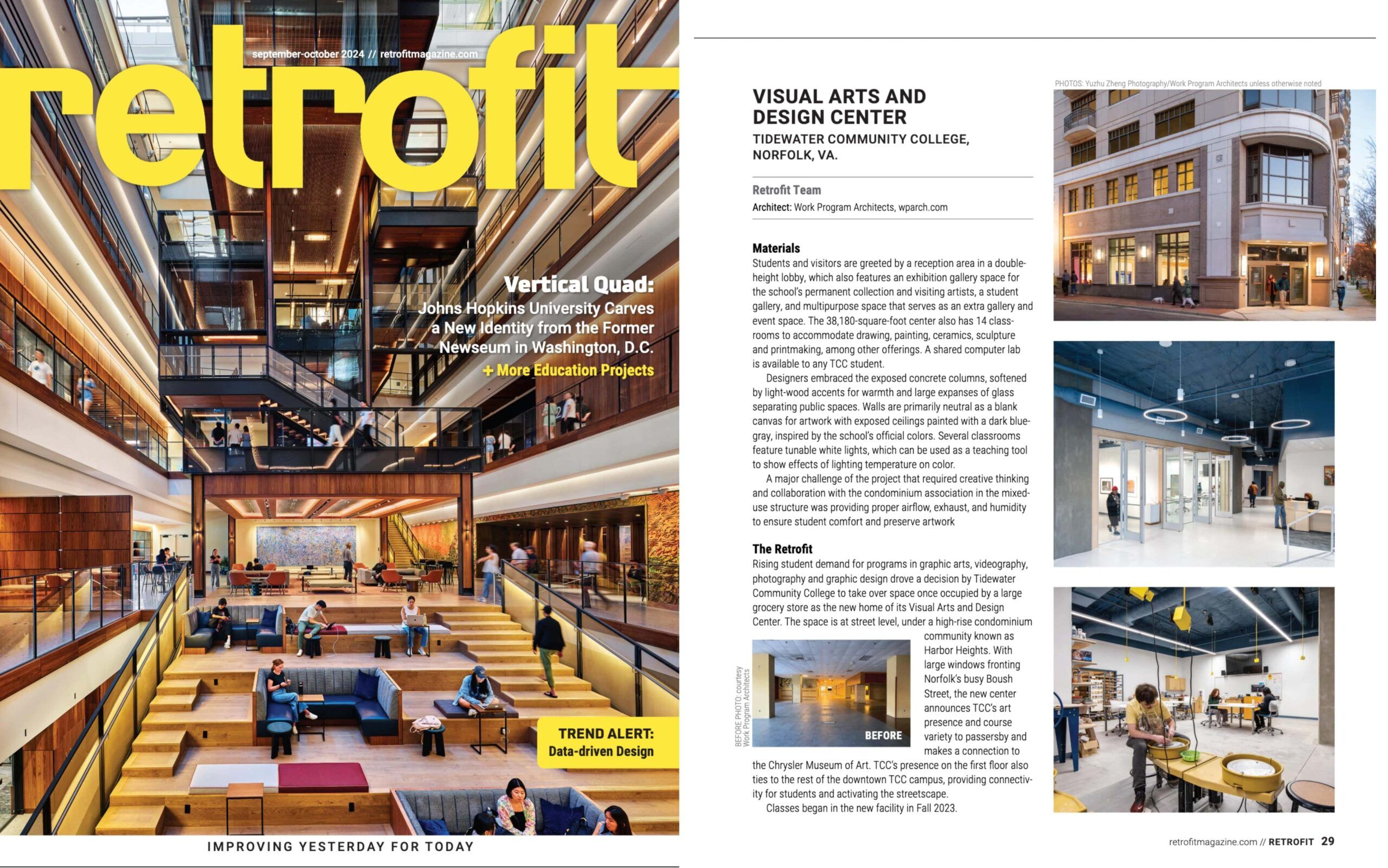
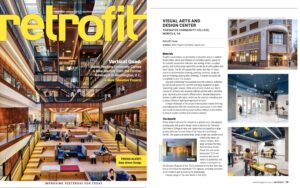 Students have now had a full year in the new Visual Arts and Design Center at Tidewater Community College, but the project is still gaining new fans in the architecture community. The most recent recognition of the adaptive reuse project comes from Retrofit Magazine, which included the center in its
Students have now had a full year in the new Visual Arts and Design Center at Tidewater Community College, but the project is still gaining new fans in the architecture community. The most recent recognition of the adaptive reuse project comes from Retrofit Magazine, which included the center in its 
